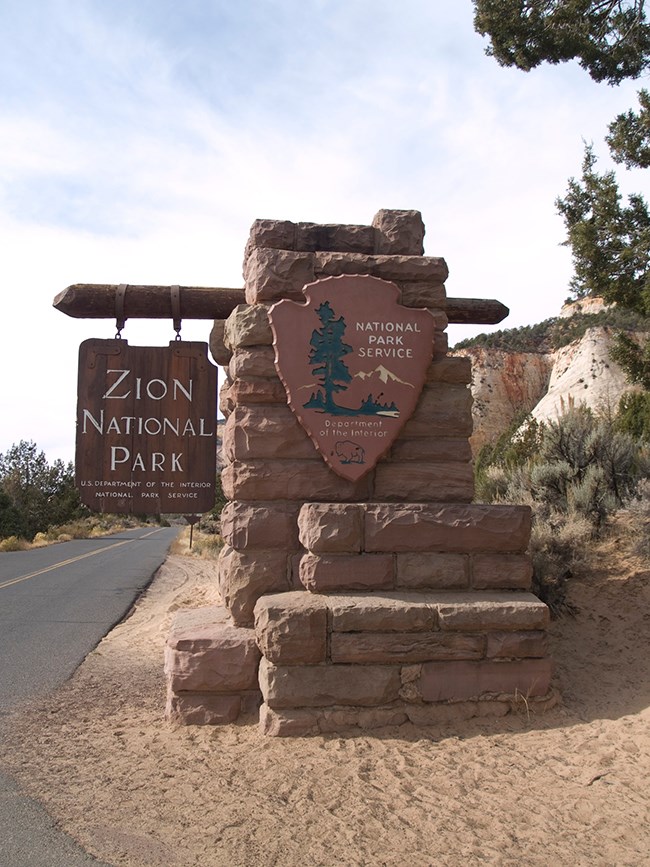Last updated: August 14, 2024
Article
Restoration and Recreation Project Underway at Zion National Park

NPS Photo
More than a million visitors each year arrive at the east entrance of Zion National Park, one of the last undeveloped national park gateways in America. In 2023, this will begin to change when the park and its partners break ground on a new interagency visitor center. The east entrance area will be redesigned to provide a welcoming experience for visitors and feature a resilient landscape that protects, plants, animals, watersheds, and cultural resources amid a changing climate.
Funding from the Bipartisan Infrastructure Law, or BIL, enables the park to plan trails and conservation easements that will preserve sensitive plants, archeological features, and wildlife habitat between the new visitor center and surrounding public lands. The new center will be managed under an innovative partnership, and will welcome visitors to the park and invite them to learn about the natural world and this area's history and people.
“As you can imagine, this involves imaginative partnerships between the park and Federal, State, and local agencies, Tribes, non-profits, and private landowners,” said Zion National Park Superintendent Jeff Bradybaugh. “When the overall project is complete, visitors will enjoy new trails, educational programs, the visitor center, and exhibits.”
This BIL-funded project includes inventories of sensitive vegetation, habitat for the endangered Mexican spotted owl, native bighorn sheep, and studies on wildlife corridors, watershed conditions and irreplaceable archeological sites. The inventory information will be used to plan construction of new facilities in ways that conserve scenic landscapes, important plants and animal habitat, critical watersheds, and community history. Use of tools like conservation easements and other best management practices will help private landowners partner with public and private organizations to achieve the same conservation goals long into the future.

NPS Photo
Bradybaugh said these resources transcend park boundaries and their protection requires close coordination and cooperation. These partnerships along with careful planning and decision-making, all supported by the Bipartisan Infrastructure Law, will mean a healthy ecosystem that benefits people, animals, plants, and their shared environment which includes parks.
The watershed restoration and recreation connectivity project partnership include:
- Zion National Park
- Bureau of Land Management
- State of Utah
- Kaibab Band of Paiute Indians
- Paiute Indian Tribe of Utah
- Zion Forever Project (the park’s non-profit support organization)
- Neighboring private landowners.
